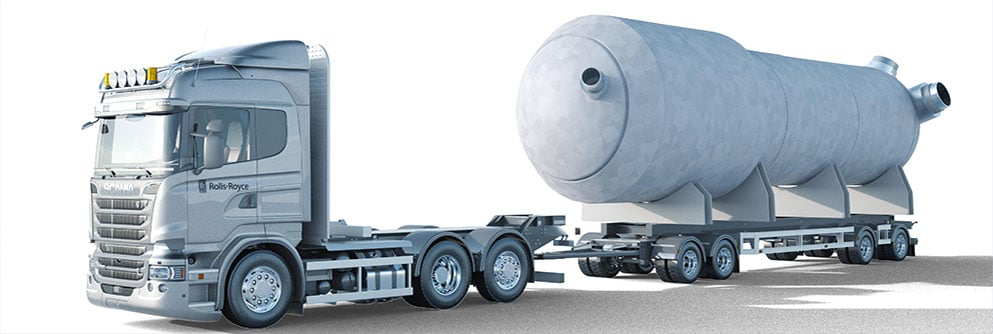Air Force Awards Boeing 5-year Contract for Continued Aircraft Guidance and Navigation Repair
HEATH, Ohio, Feb. 8, 2021 — Boeing (NYSE: BA) will continue to provide the U.S. Air Force with guidance and navigation repair work on a variety of aircraft under a 5-year, $91 million sole-source contract. The…


